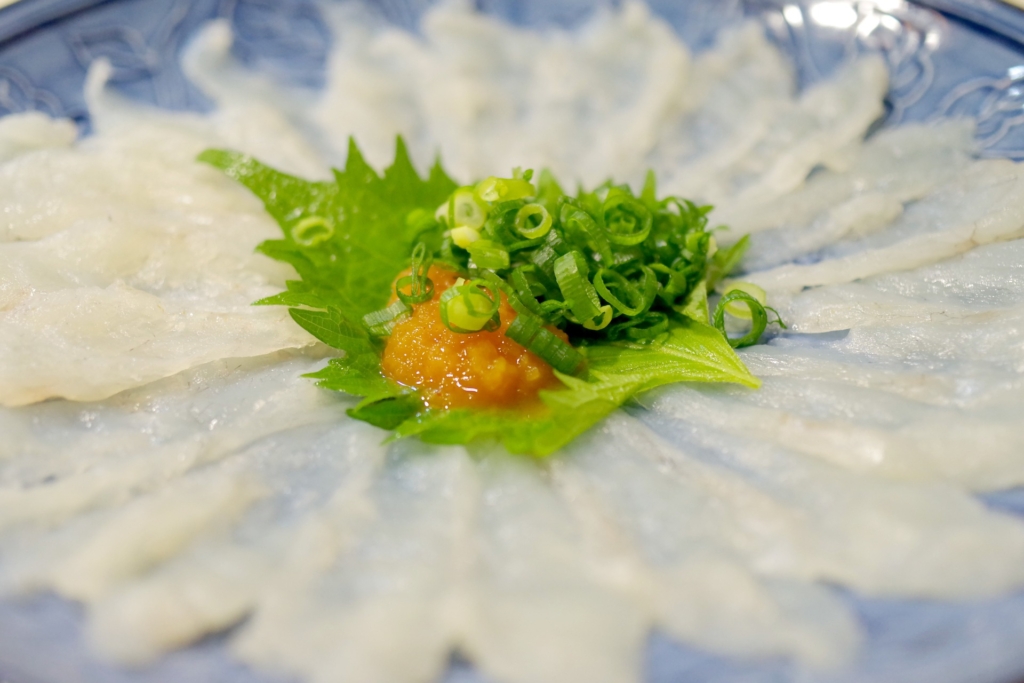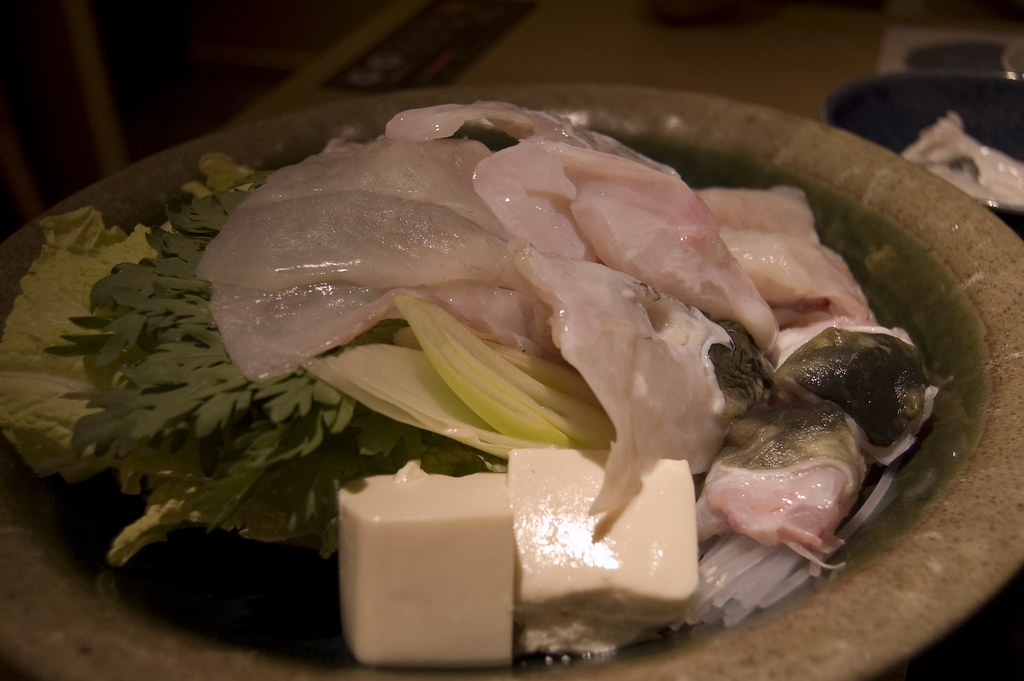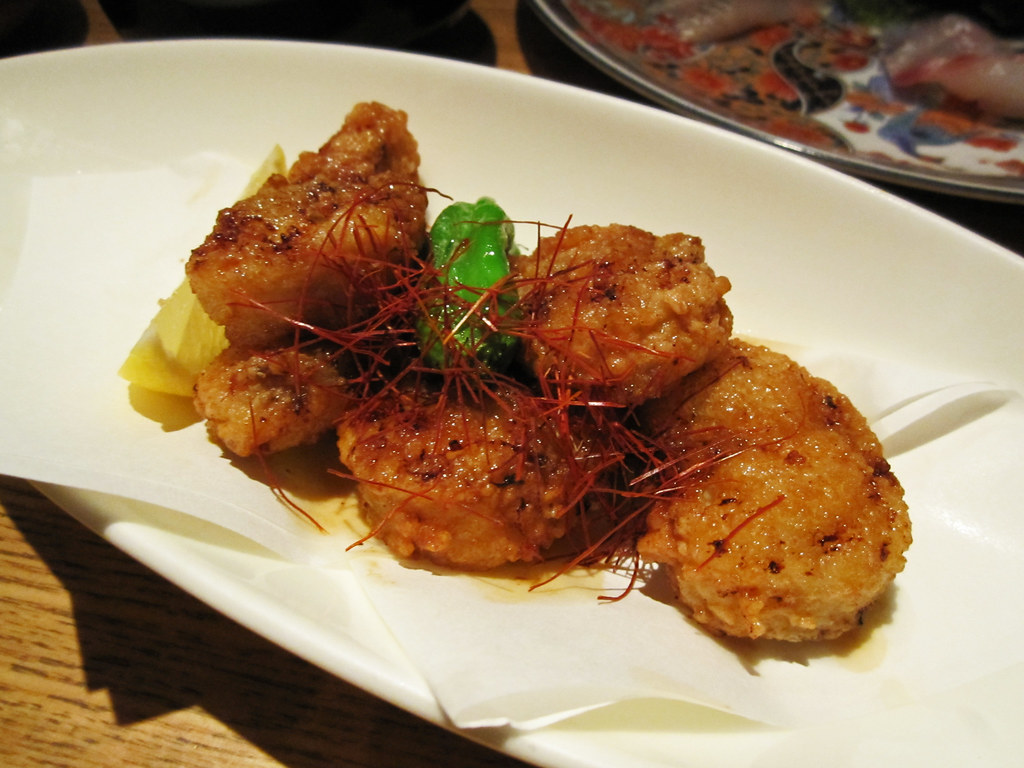Fugu has gained quite a reputation for being one of the most deadly fishes you can consume. But despite this, it’s still considered a delicacy in Japan and attracts hordes of adventurous eaters every year. If you’re curious about fugu, how it tastes, and how to cook with it, read on to learn more about this spiny marine morsel.
What Does Fugu Taste Like?
Fugu has a very mild flavor with a hint of ocean saltiness. Its taste is reminiscent of lean white fish, lacking the oiliness of fattier fish varieties. Experienced fugu chefs will sometimes leave a hint of poison in the fish for a slight tingling sensation on the lips (don’t worry, it’s not enough to harm you). When served as sashimi, it has a chewy texture and a slight slipperiness, similar to raw squid.

Is Fugu Safe to Eat?
Though fugu is infamous for being a potentially deadly dish, fewer people die from consuming it than you may think. This is because Japanese chefs need to undergo years of training and obtain certification before being allowed to serve it. American fugu chefs are held to the same standards and need to be granted a license to serve the fish. Many restaurants also serve farmed fugu, which is less toxic than wild-caught because the poison in fugu comes from bacteria in their environment. So if you’re itching to try fugu, be sure to go to a trusted source.
How Is Fugu Prepared?

The most popular way to enjoy fugu is as sashimi, known as fugu sashi or tessa, but there are a few other ways it can be prepared. Fugu can be served smoked (fugu-fin sake), simmered in stew (fugu-chiri), or battered and deep-fried (fugu karaage). In the winter it’s popularly enjoyed by locals as fugu nabe or fugu hot pot soup. Other parts of the fish such as the skin and the roe are also prized ingredients in Japanese cuisine.
In Korea, fugu is called bok-eo (복어) and is typically found in restaurants in port cities. It can be grilled, simmered, added to soup, or made into bulgogi.

Feature Image: Flickr user furibond ( CC BY-SA 2.0 )



